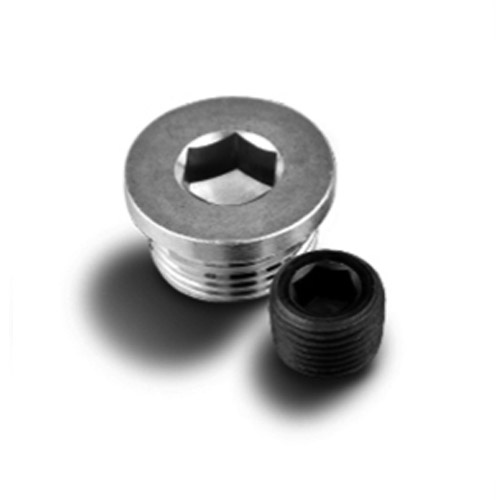

Exploring the Variety and Uses of Metal Nuts in Fastening Solutions
Dec . 25, 2024 21:13 Back to list
Exploring the Variety and Uses of Metal Nuts in Fastening Solutions
The Versatility and Importance of Metal Nuts in Engineering and Construction
Metal nuts are small but crucial components in the world of engineering and construction. Often overlooked due to their size, these hardware items play a pivotal role in the integrity and functionality of various structures and machines. Understanding their types, applications, and manufacturing processes offers insight into why they are indispensable in numerous industries.
Understanding Metal Nuts
A metal nut is a hexagonal or round block with a hole in the center that is internally threaded. They are designed to be used in conjunction with bolts and screws, forming a secure fastening mechanism. The strong grip provided by metal nuts helps hold parts together, preventing disassembly and ensuring structural integrity. Common materials used for manufacturing metal nuts include steel, brass, aluminum, and stainless steel, each selected based on the required strength, corrosion resistance, and weight considerations.
Types of Metal Nuts
There are several types of metal nuts, each designed for specific applications. Some of the most commonly used types include
1. Hex Nuts The most standard type of nut, hex nuts are used in various applications. Their six-sided shape allows for easy handling and tightening with standard wrenches.
2. Lock Nuts Designed to resist loosening under vibration, lock nuts can be nylon insert nuts or serrated flange nuts. They are ideal for equipment subjected to constant movement, such as in automotive applications.
3. Wing Nuts Wing nuts have two large wings on the sides, allowing for easy hand tightening without the need for tools. They are commonly used in applications where frequent adjustments are needed.
4. Cap Nuts These are closed on one end, giving a neat finish to exposed threads and protecting them from dirt and damage. Cap nuts are often used in decorative applications.
metal nuts

5. Flange Nuts With a wide, integrated flange, these nuts provide a larger surface area to distribute load and prevent damage to the connected material. They are used in heavy machinery and construction.
Applications of Metal Nuts
Metal nuts find applications in a wide range of industries, including construction, automotive, aerospace, and electronics. In construction, they are essential for assembling steel frames and securing structural components, ensuring that buildings can withstand environmental stresses. In the automotive industry, metal nuts fasten engine parts, transmissions, and chassis components, playing a crucial role in vehicle safety and performance.
In aerospace, where weight and strength are of utmost importance, specialized metal nuts are used in assembling aircraft and spacecraft. Their reliable performance under extreme conditions is vital for ensuring flight safety. Moreover, in electronics, metal nuts secure circuit boards and components, providing stability and durability.
Manufacturing of Metal Nuts
The manufacturing process of metal nuts involves several steps, including forging, machining, and finishing. Initially, raw materials are heated and shaped through forging, which enhances their strength. Following that, the nuts are machined to create precise thread patterns, ensuring compatibility with corresponding bolts and screws.
Finishing processes, such as coating or plating, are often employed to increase corrosion resistance and improve appearance. Zinc plating is a common method, providing a protective layer that helps prevent rust and wear. Quality control is critical throughout the manufacturing process to ensure that each nut meets industry standards and specifications.
Conclusion
In conclusion, metal nuts are small yet vital components that contribute significantly to the functionality, safety, and durability of various structures and machines. Their diverse types and applications demonstrate their versatility across multiple industries. As engineering continues to advance, the demand for innovative fastening solutions, including high-performance metal nuts, will undoubtedly persist. Appreciating the role of these seemingly minor elements can enhance our understanding of modern engineering and construction practices.
Latest news
-
Premium Fasteners Manufacturer | AI-Driven Solutions
NewsAug.01,2025
-
Hot Dip Galvanized Bolts - Hebei Longze | High Strength, Corrosion Resistance
NewsAug.01,2025
-
High-Strength Hot Dip Galvanized Bolts - LongZe | Corrosion Resistance, Custom Sizes
NewsAug.01,2025
-
Best Self Tapping Screws for Drywall - Fast & Secure Installation
NewsJul.31,2025
-
High-Strength Hot Dip Galvanized Bolts-Hebei Longze|Corrosion Resistance&Customization
NewsJul.31,2025
-
Hot Dip Galvanized Bolts-Hebei Longze Metal Products|Corrosion Resistance&High Strength
NewsJul.31,2025

